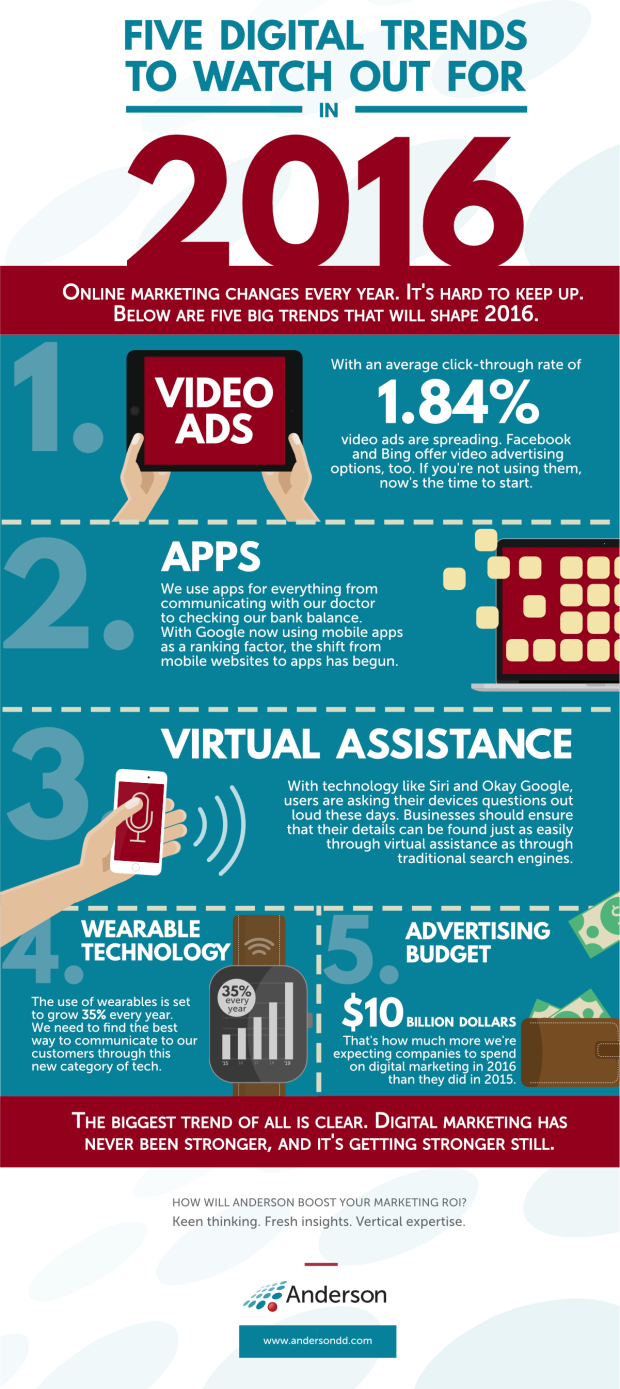Pundits say that Americans now spend up to 60 hours a week engaging with media¹. In fact, with active and passive consumption (e.g., watching TV while surfing the web and/or reading tweets) it is actually possible to sit through more than 24 hours of linear content in a day.
Formatting and creative best practices for many of these “new” media (email, web, Facebook, Instagram, Twitter, etc.) dictate brevity—often in the extreme. Email experts frown if your subject exceeds about 45 characters. A typical Facebook ad calls for a magnanimous 25-character offer headline and 200-character description, while tweets tap out at a whopping 140 characters.
This new rule book has many copywriters struggling to write effectively while still maintaining the style and voice that made them famous. Here are some tips for keeping yourself on top of your game:
1. Don’t spill it all at once
People are unlikely to jump into your back pocket on the strength of a single email or tweet and will probably follow the three steps in the buying process: awareness, consideration and decision.
Digital marketing makes it easier to create content journeys, including multiple touches and touchpoints. So instead of trying to tell your whole story at once, reel them in one potent message at a time. Be a tease. Create a sense of drama. There’s a place for that fat DM package or long company history, but not always on the first date.
2. Fall out of love with words
Save the soaring purple prose for that novel you’ve been working on for umpteen years. Use shorter, pithier single-thought sentences. Cut, cut, cut out junk words or buzz words that add no meaning to a sentence. Strive for clarity, not cleverness. Remember, you’re here to seize, persuade and sell.
3. Fall in love with lists and bullets
Instead of spewing a 1,000-word narrative, come up with a top 5 list, 10 reasons why, 8 tips and tricks, 6 takeaways or a set of how-to’s. Numerical lists are proven performers. The same goes for bullet points. Tack on a short introductory paragraph plus a nice closing, and you’re good to go.
4. Sweat out a killer value prop
You should have one for your business, of course. But also consider the value proposition of your individual posts or emails, too. Work hard to distill yours down to 45 words or less, answering the all-important question, “What am I offering, and why should people care?”
5. Show, don’t tell
Abe Lincoln liked to curl up and read by candlelight. Today, we want crazy cat videos or whacky memes. Yes, it’s a visual world, which is why photos account for 93% of the most engaging Facebook posts.²
If you can, let a picture or infograph tell the story. Add impact and save space by creating a composite image with a saucy headline baked right in.
6. Spice things up
Pour yourself a nice hot cup of reality, ditch your pesky, old-fashioned moral hang-ups and realize what you’re up against: content with titles like Caitlyn’s Shocking Wardrobe Malfunction or Is Your Home Slowly Killing You?
Short of scandalizing your brand, do what you have to do to ensure your headlines and subheads get noticed. If folks don’t open your email or click through to your site, it’s all for naught.
7. Keep things on the download
According to social media guru Dan Zarrella, asking readers to download something is one of the top three ways to increase retweets.
Create a killer headline to stop them in their tracks, then tell your story in a full-page one-sheet that respondents can download, read and share. Beg for some personal information along the way.
8. Bend and break the rules of grammar
The 45-odd characters you’re allowed for a best-practices subject line leave little room for a fully articulated, traditional subject-predicate approach. If it gets them to open the email and doesn’t reflect poorly on your brand, it’s worth trying.
Good writers have a passion for words and earn their chops by enriching their vocabulary, plus mastering things like good grammar, sentence structure, narrative arc, etc. Unfortunately, today’s marketing audiences aren’t always as enthralled by one’s belles lettres.
Take a deep breath, invest the time in learning (and using) the new short forms, and you can look forward to having a long, glorious career.
¹ Nielsen. The Digital Consumer. October 2014.
² Fast Company. 7 Powerful Facebook Statistics You Should Know. December 2013





